
Feel free to add tags, names, dates or anything you are looking for

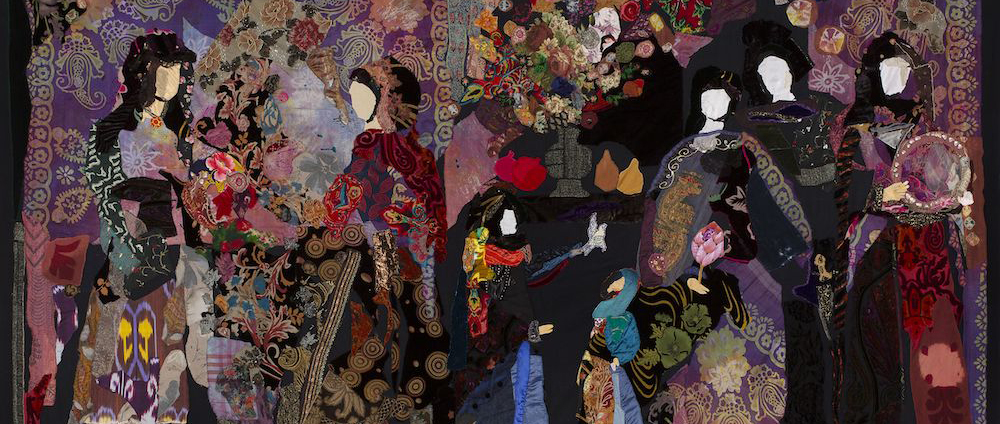
Over the course of the past few months, perhaps nothing in Tbilisi has been as singularly fascinating as Nino Kipshidze’s solo show at Baia Gallery. The truly beguiling flamboyance of these exceptionally tasteful pieces, which are crafted from scraps of fabric that possess their own unique history, origins and cultural backgrounds, proved to be far more emotive than usual: they turned out to be the colorful beams of hope that we had all been missing amidst the gray, mask-covered life of the city. Undeniably, by using textile as her medium of choice, the intensity of the emotion was bound to be heightened as well: the dazzling colors and customary exquisiteness reminded locals, who had hitherto been glued to the glacial screens of their personal computers, TVs and mobile phones, of the Unbearable Lightness of Being(1) and of the beauty that is all around.
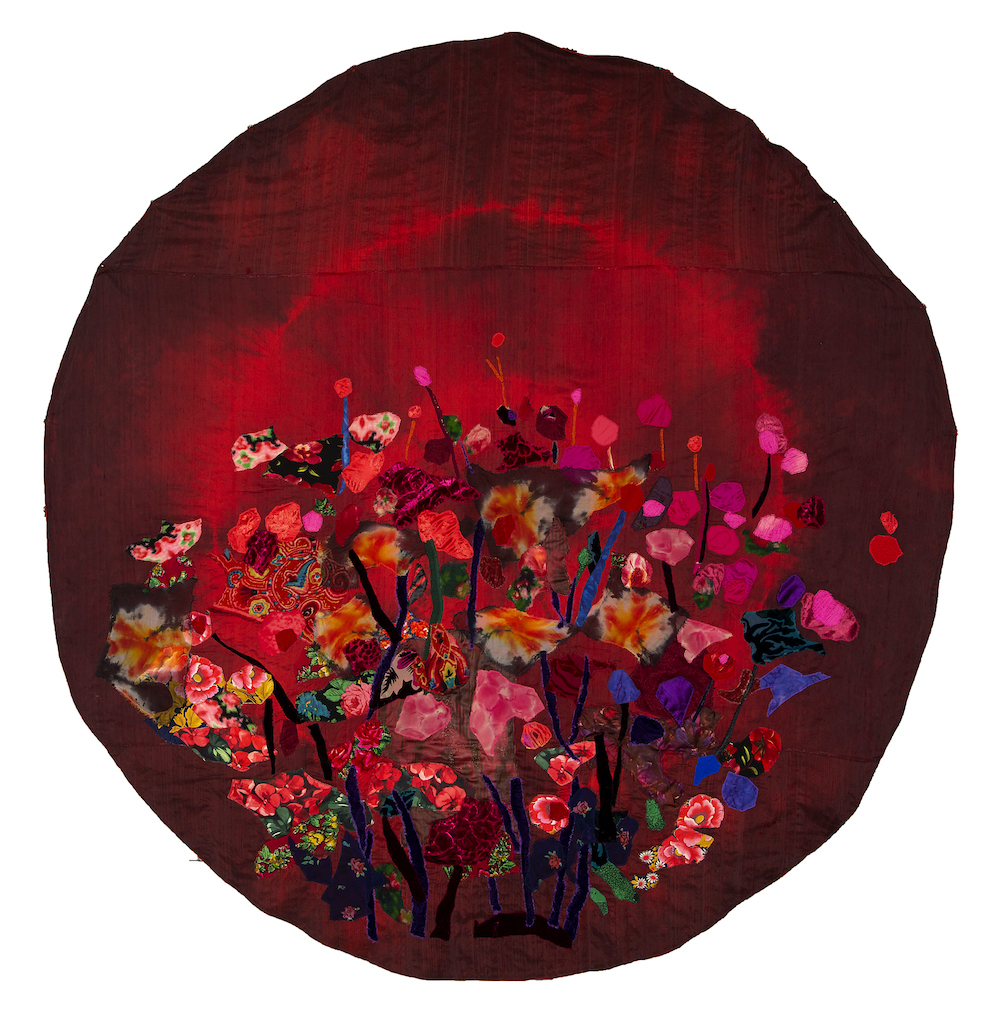
Nino Kipshidze. Shining. Textile, applique. D-219 cm. 2019
Traditionally, textile arts, with a history spanning across millennia and a truly diverse legacy of weaving, embroidery, tapestry, carpets, rugs and a variety of other decorative items, has always been dominated by women. The same was true of Georgia, where the unique combination of geography, climate and range of agricultural activities — with a particular focus on sheep-farming, led quite early on to the adoption of textile arts. Ancient Georgian textile artifacts, which are recognized for their impeccable use of natural dyes and unconventional color combinations, demonstrate superior quality of production and genuine craftsmanship.
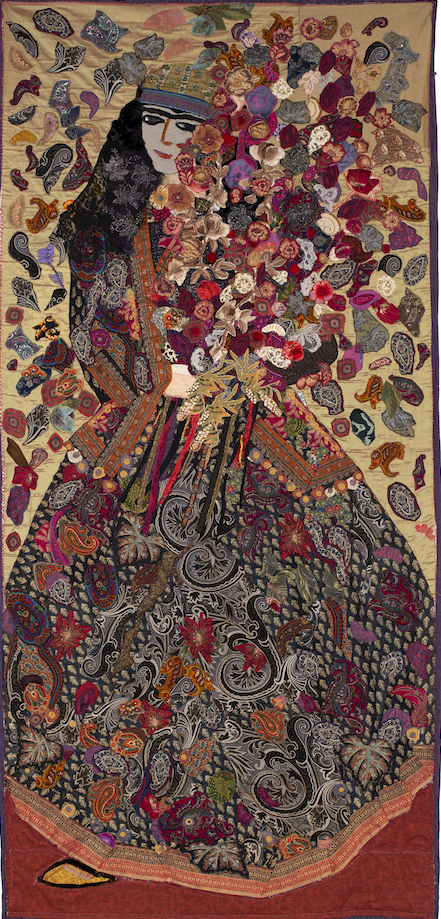
Nino Kipshidze. Girl with Flowers. Textile, applique. 185x86. 2019
It appears that in the past, locals were also familiar with the techniques of quilting, patchwork, and appliqué – attaching colorful scraps to simple fabrics for the purpose of adding liveliness to everyday items such as throws, blankets and wall hangings. Despite being abandoned, forgotten and stashed away in rusty crates for a protracted period of time, the rising popularity of quilting in the United States and Western Europe ended up rekindling local interest in this unique practice.
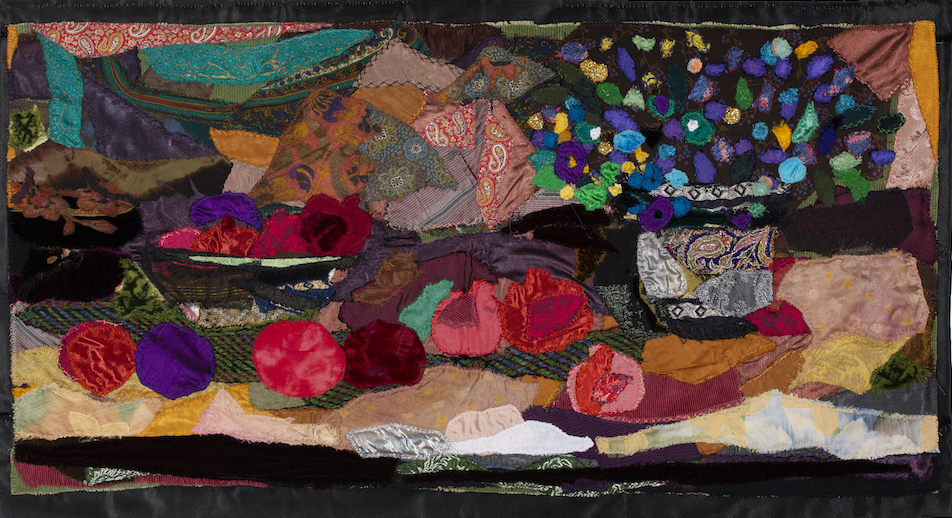
Nino Kipshidze. Still-Life with Pomegranates. 46x84. Textile, applique. 2019
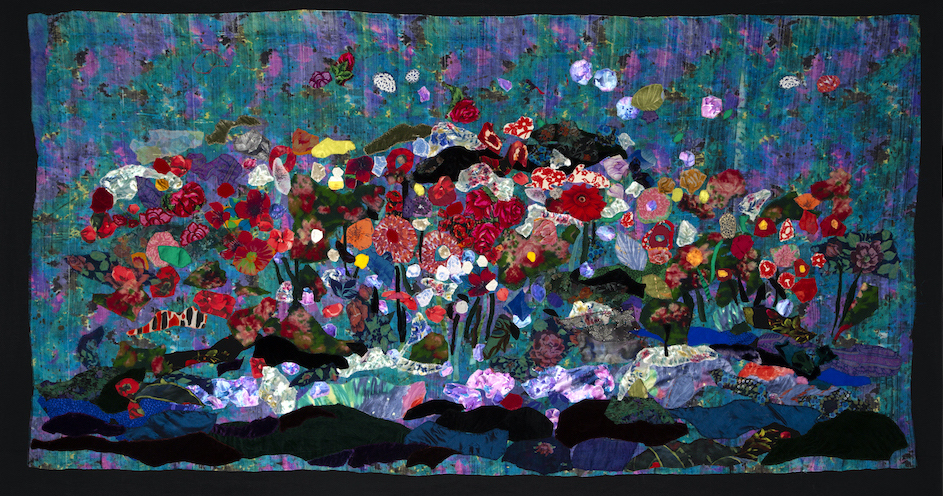
Nino Kipshidze. Spring. 126x225. Textile, applique. 2019
All the credit for raising awareness about the aesthetic potential of textile as a medium, and for encouraging professionals in the field to display their works at museums and galleries has to be given to the German-born American artist Anni Albers (1899-1994). Anni obtained her professional training at the Bauhaus, and fled to the United States with her husband Josef Albers (1888-1976) shortly after Bauhaus Dessau was closed in 1933. She was the first ever textile artist to have a solo show at the Museum of Modern Art (MOMA) in New York in 1949. Albers rose to prominence with her outstanding creations following her trips to Mexico, Peru and Chile. Inspired by the local textile folk art, her pieces challenged the prevailing dogmas of the time, blurring the lines between the decorative and fine arts. However, the excessively figurative nature of contemporary textile art along with its compositional structure, which was derived from the principles of fine art, ended up upsetting the harmonious balance of textile — the ultimate source of its appeal as a decorative medium.
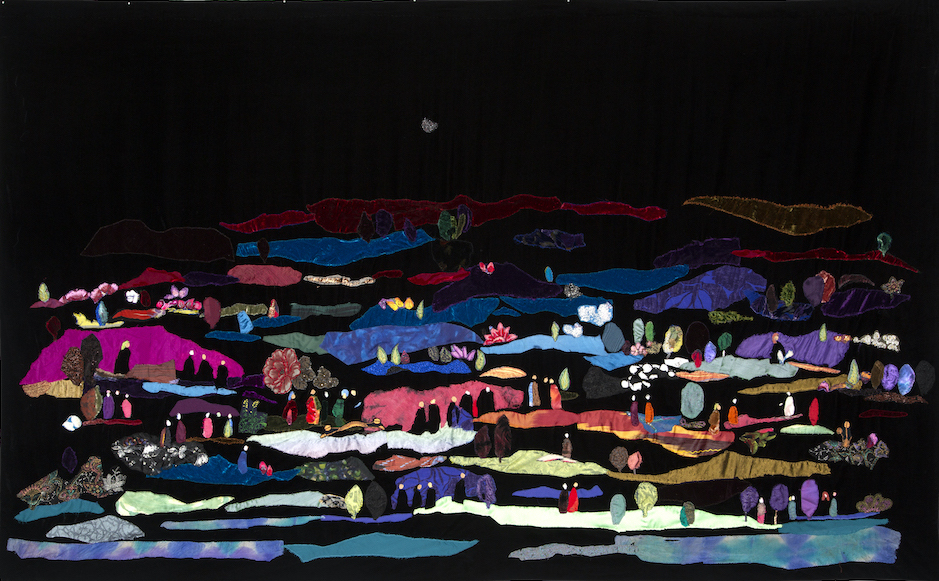
Nino Kipshidze. Expectations. Textile, applique. 136x225. 2020
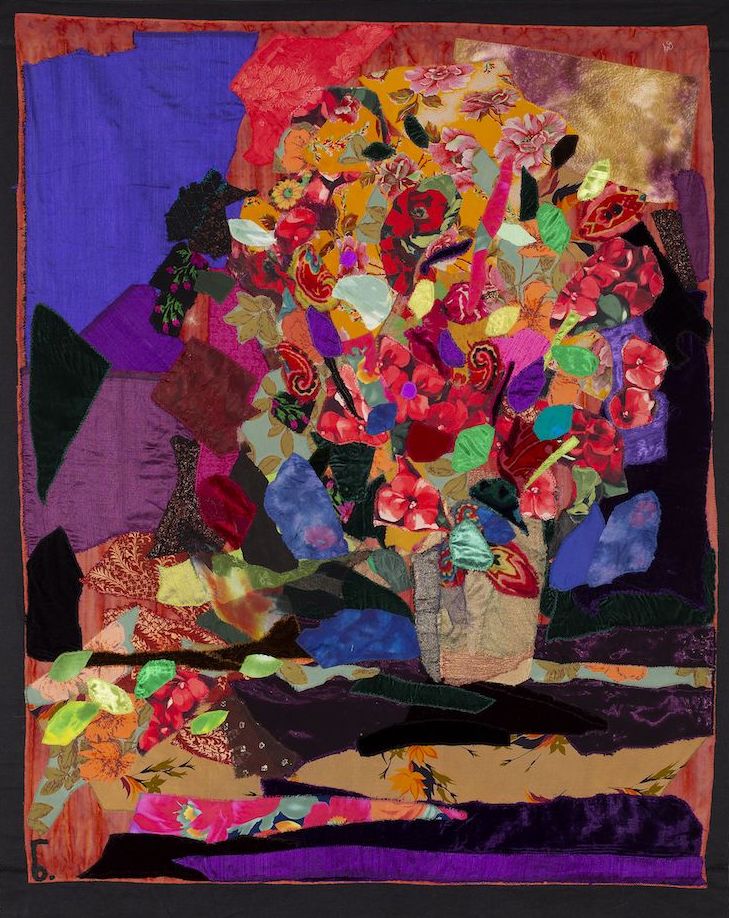
Nino Kipshidze. Still life with apples. 128x96. Fabric, applique. 2019. Photo by Gia Chkhatarashvili
Nino Kipshidze’s artworks capture the eye with their extraordinary subtlety, resulting from the artist’s ability to channel the full pictorial potential of the fabrics used and add a peculiar touch of expressiveness to textile as a medium. Both figurative and abstract compositions follow the principles of easel painting, where appliqués and scraps of various textured and colored fabric resemble brush strokes against the velvet, silk or linen backgrounds. However, the ultimate source of this rush of emotion lies in the harmonious balance between the decorative tectonics of textile and the pictorial expressions of landscapes, still lives and figurative compositions.
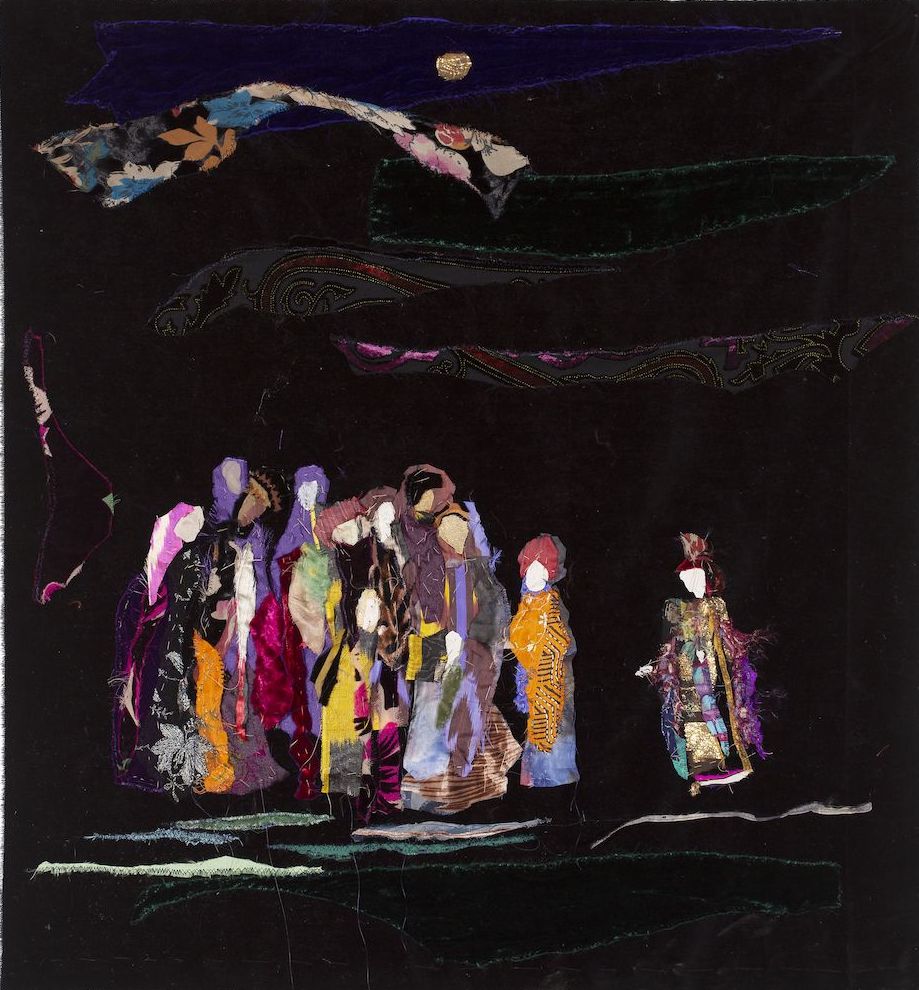
Nino Kipshidze. Meeting. 85x81. Fabric, applique. Photo by Gia Chkhatarashvili
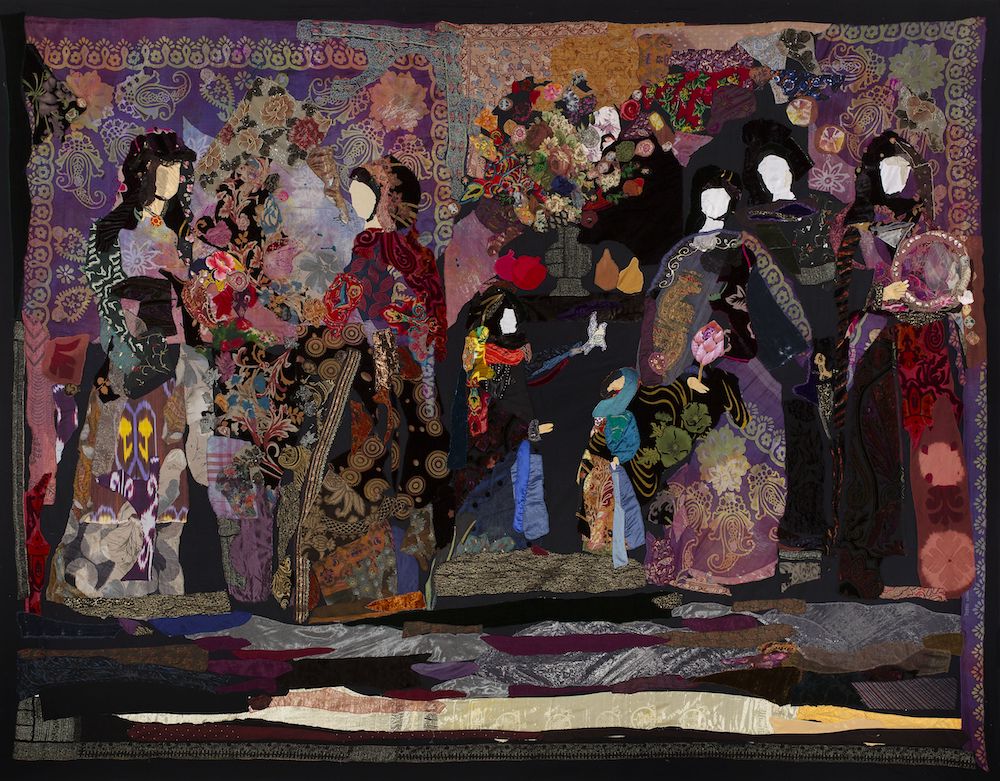
Nino Kipshidze. Meeting. 239x306. Textile, applique. Photo by Gia Chkhatarashvili
Aside from her outstanding talent and impeccable taste, Nino Kipshidze, who also happens to be an art historian well-versed in the past events and art of her homeland, has a genuine grasp of those aspects of cultural heritage that have shaped Georgia’s global significance. This is the very identity that has been molded by the nation’s unique location at the proverbial crossroads of East and West over the course of centuries. It is precisely this impeccably balanced synthesis of the diverse cultural impulses of two distinct perspectives and local traditions that makes Nino Kipshidze’s textile artworks so alluring and multifarious. With their unique aesthetic spirit embracing both Oriental (Chinese, Japanese, and Islamic) and Western decorative and fine art practices, they do an incredible job of exuding age-old Georgian textile art traditions.
(1) Kundera, Milan (1984). The Unbearable Lightness of Being.